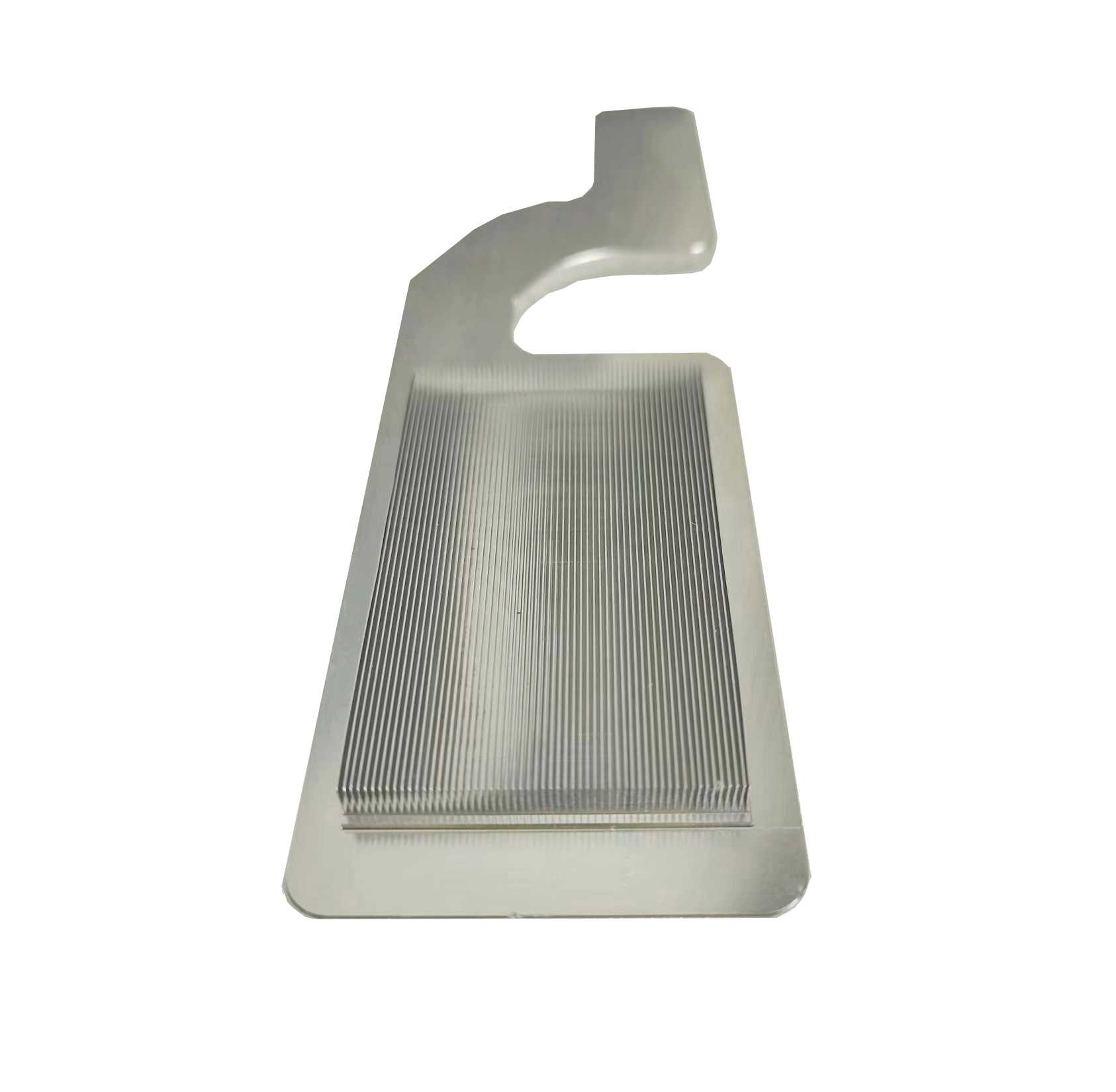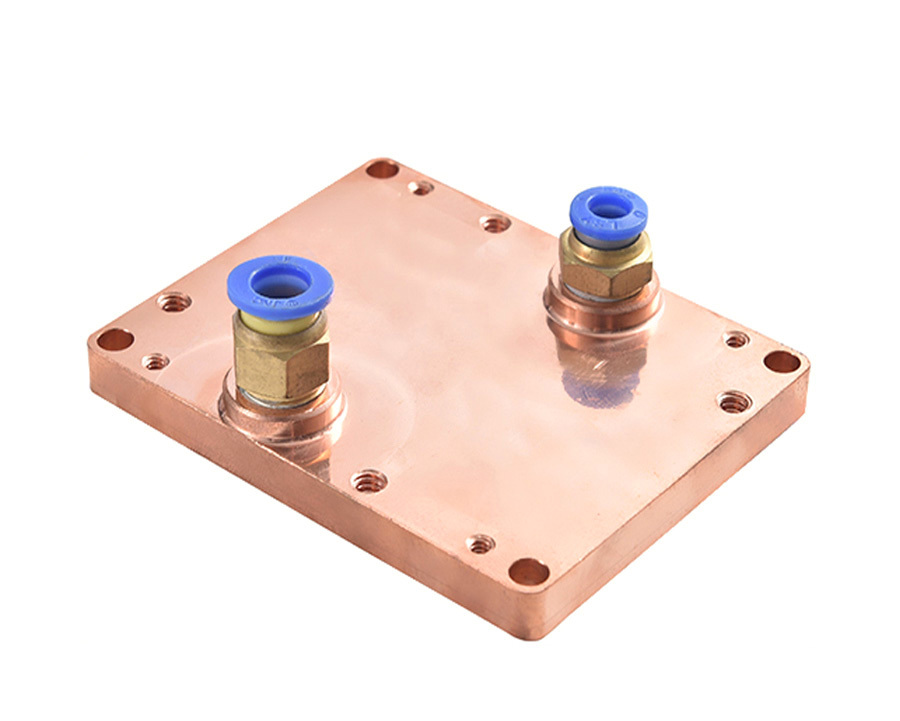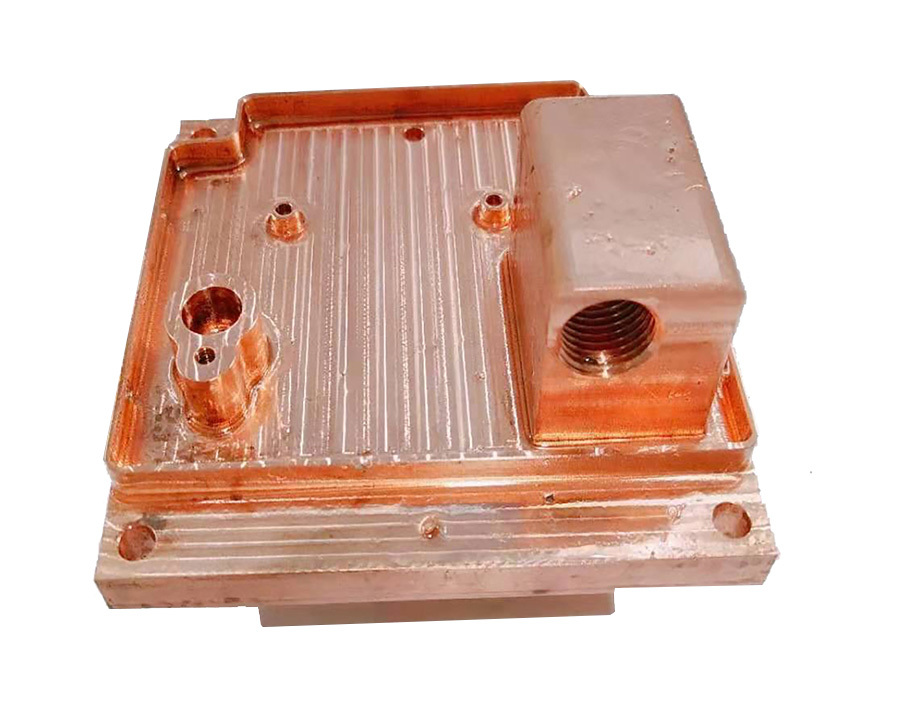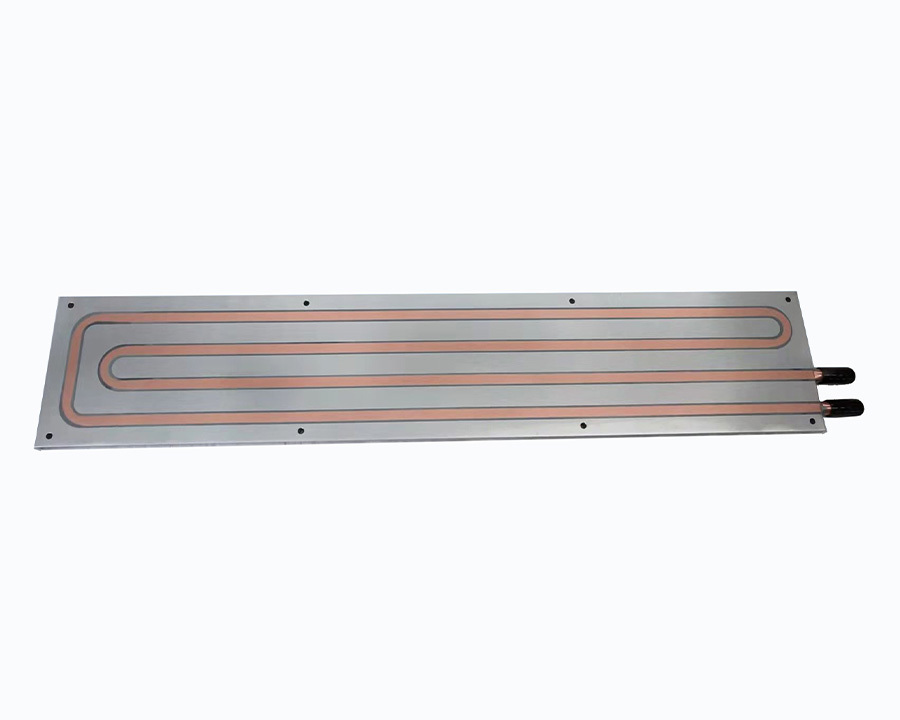
What's the diffcults when do the process the skiving fin for the double-faced skiving fin heat sinks?
Challenges in Processing Double-FacedSkiving Fin Heat Sinks
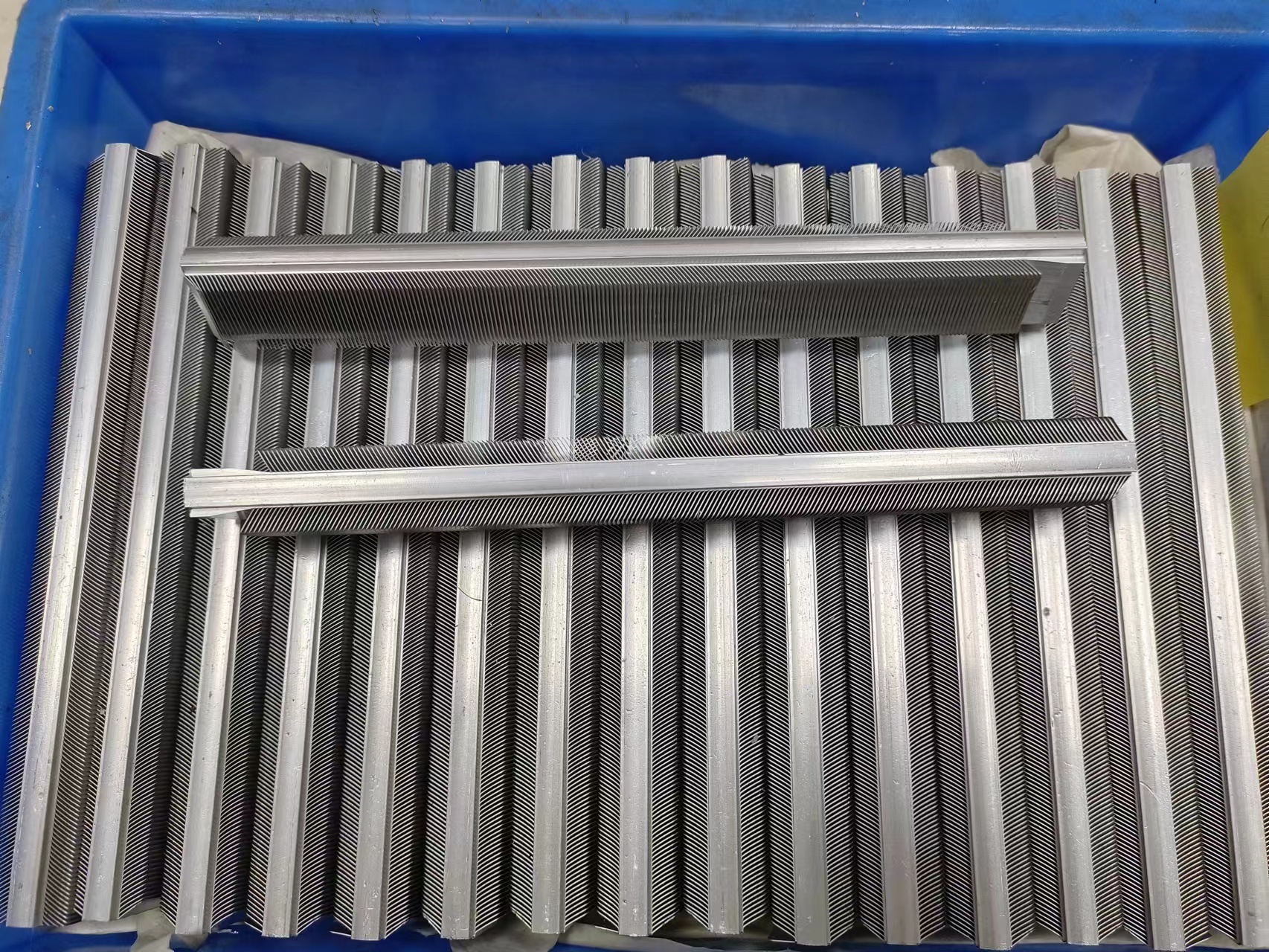 | 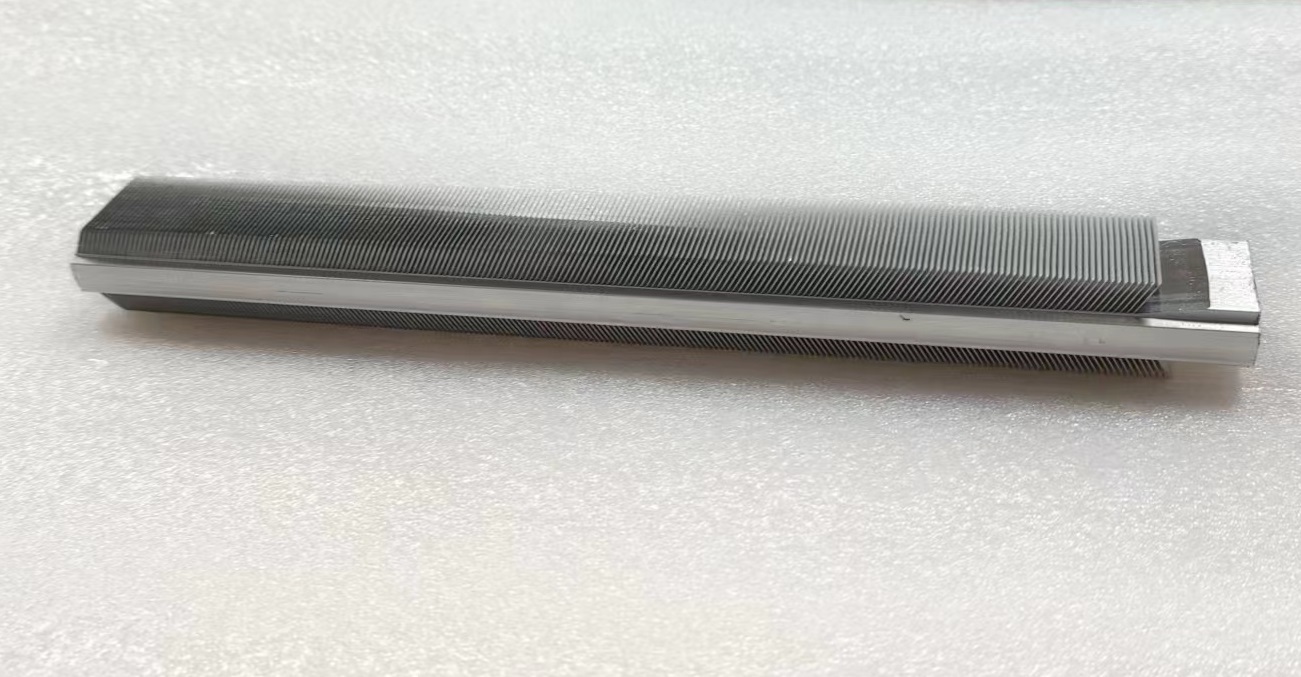 |
|---|
Overcoming Challenges: Key Strategies
| Challenge | Root Cause | Impact on Process |
|---|---|---|
| Tool wear | Hard materials + high cutting forces | Inaccurate fins, increased downtime |
| Structural instability | High aspect ratio of thin fins | Deformed fins, reduced heat dissipation |
| Thermal distortion | Frictional heating during machining | Misalignment, warped base |
| Dual-sided precision | Need for symmetrical fin patterns | Complex fixturing, higher equipment costs |
| Chip evacuation | Trapped debris in confined fin spaces | Fin damage, tool clogging |
| Material constraints | Limited machinability of high-performance materials | Reduced design flexibility |
| High production costs | Subtractive, single-piece machining | Unsuitable for mass production |
 |  |
- Advanced Tooling: Use diamond-coated tools or cryogenic cooling to extend tool life.
- Fin Support Structures: Incorporate temporary ribs or sacrificial material during machining to stabilize tall fins.
- Multi-Axis Machining: Leverage 5-axis CNC machines for precise dual-sided alignment.
- Material Optimization: Select alloys (e.g., 6063 aluminum) that balance thermal performance and machinability.What's the diffcults when do the process the skiving fin
- Automated Deburring and Cleaning: Integrate robotic systems to remove chips and burrs efficiently.
By addressing these challenges, double-faced skiving fin heat sinks can achieve optimal thermal performance in demanding applications, though they remain best suited for low-to-medium volume, high-precision scenarios.

double-faced skiving fin heat sinks
The skiving process for double-faced fin heat sinks involves unique technical difficulties due to the need for high precision, material constraints, and structural complexity
Contact Us
Related Products






